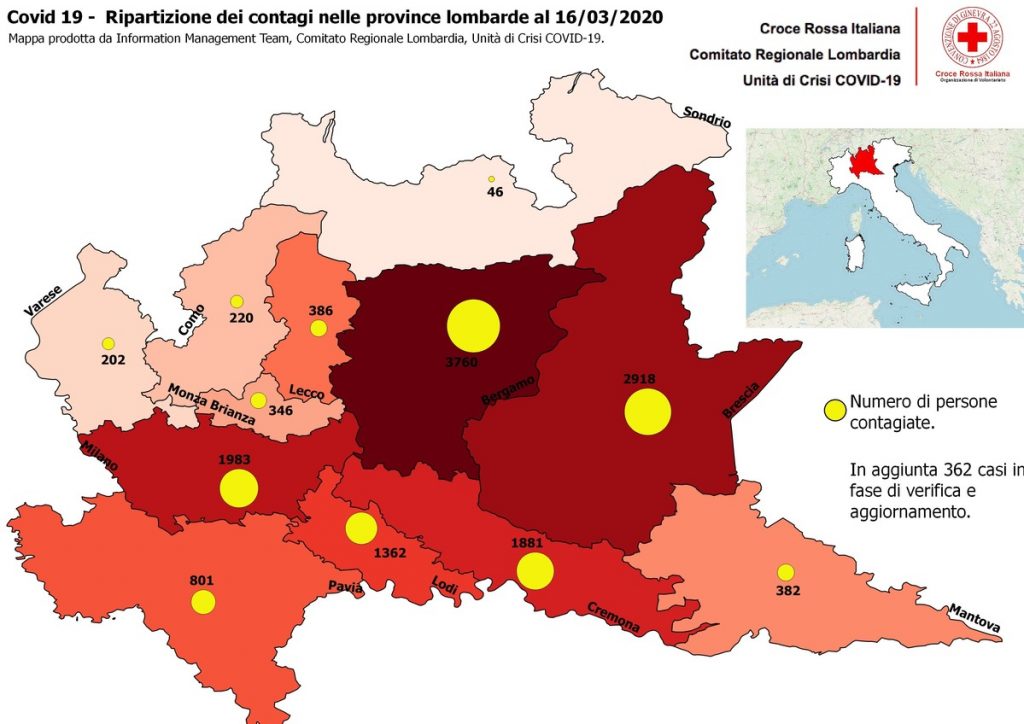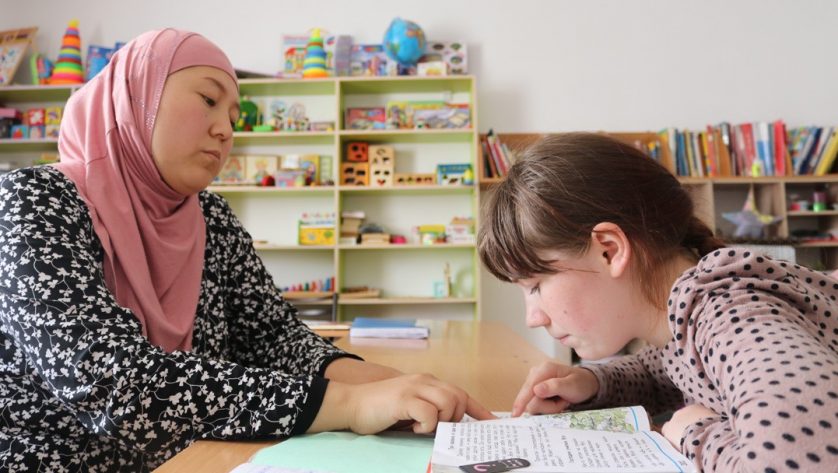For the Netherlands Red Cross, this approach means they gain from the passions and expertise of highly motivated people, who are then able to give the best of their talents and their time.
The online volunteers are an integral part of the 510 initiative, which seeks to improve the speed, quality and cost-effectiveness of humanitarian aid by putting data in the hands of aid workers, decision-makers and people affected by disasters and crises.
The volunteers also often visit the Netherlands Red Cross office to work and meet with colleagues. But offering an online option also makes volunteering more accessible to more people.
Clearly, there are advantages to online working. The commute? Only as far away as your laptop, desktop or mobile device. Already online? The commute is only a few keystrokes away. Office dress code? Say what?
For Lone, a Master of Science student in physical geography in Lund, Sweden, working from home for the Netherlands Red Cross means she’s never far from her guitar or her two cats. But the real advantage is timing.
“I’m able to set my own schedule,” she says. “I’m taking a course right now and I can plan my volunteer work around the course and the lectures. That’s nice because there are a lot of volunteer positions where you’re expected to be somewhere for certain specific hours. So, in my case, I can do my work and still complete my thesis in time.”
When not strumming her guitar or doing volunteer work, Lone is writing her Master’s thesis on a system that uses satellite imagery to predict riverine floods and help prepare communities in the southern African nation of Malawi. “I am working towards something meaningful while also combining my passions for geography and communication,” she says.
For Chiara Gorni, becoming an online volunteer for the Italian Red Cross coincided with the birth of her two daughters. “It wasn’t a great moment to be working from home but at the same time it was a perfect moment because I could not do anything else but stay home with them. And still I could help by doing online volunteering.”
“The great part is that you are at home. You can do in your uniform, or in your pyjamas. But the great part is that even if they don’t see us, we are there and we are able to be anywhere where it’s needed.”
 Red Cross Red Crescent magazine
Red Cross Red Crescent magazine 









 Tech & Innovation
Tech & Innovation Climate Change
Climate Change Volunteers
Volunteers Health
Health Migration
Migration